[vc_row][vc_column][vc_column_text]What’s good for business should also be good for employees, as the majority of companies’ lifeblood depends on its workforce productivity.
Recently, The American Psychiatric Association (APA) Foundation’s Center for Workplace Mental Health released its Depression Calculator, a tool that estimates the cost of depression for employers as well as offers helpful resources. Individuals that struggle with depression understand the cost of their illness, but this may not be recognized in their professional settings, as many businesses need to see the dollar signs to pay attention.
- 6 to 7 percent of people that have full-time employment have major depression
- Depressed employees miss 31.4 days of work each year
- Employees lose 27.9 days because of presenteeism
- Presenteeism costs employers about $44 billion annually
Those numbers are attention getters. The calculator will help employers estimate the cost for their company and also review resources to benefit the company and the depressed employees. Employers can input company data such as location, industry, size and employees’ demographics, which then results in information about the effect of depression on their business and also assesses cost savings if quality treatment is provided. Ewuria Darley, associate director of the Center, says that with effective treatment, “the result is lower total costs, increased productivity, lower absenteeism and decreased disability costs.”
Related articles discussing workforce depression point out:
- A person with depression has difficulty functioning at work 20-40% of the time1
- Lost earnings due to depression are more than $200 million annually1
- Businesses do not perform optimally unless employees are physically and mentally healthy2
Business is all about growth and productivity, and having a healthy workforce is critical to achieving success and helping people prosper. Beyond computing workforce depression, the APA’s Depression Calculator also indicates that treatment can reduce absenteeism and presenteeism by:
- Increasing awareness and early intervention
- Improving the quality of care with psychiatric consultation
- Auditing health plans to ensure they comply with the Mental Health Parity and Addiction Equity Act
The APA’s Depression Calculator is a useful tool for businesses to gain an understanding of the impact depression has on organization and The Center for Workplace Mental Health partners with employers to reduce stigma, reduce barriers to care, raise broader mental health awareness, improve and implement mental health programs, and design benefits that improve employee mental health.
The concept of quality of care and psychiatric consultation prompts me to consider my efforts with Transcranial Magnetic Stimulation (TMS) over the last eight and a half years. Our clinical work shows that people with severe clinical depression can improve with a 70%+ response rate and a 50% remission rate, which translates to improvement in functioning at work, returning to work and improved functioning in relationships.
There have been two studies that address the cost-effectiveness of TMS in treating depression. An analysis3 looking at TMS and sham treatment concludes that TMS is a cost-effective treatment for patients who did not respond to antidepressant therapy, and more significant cost savings might occur when TMS is used at earlier levels of treatment resistance. Another compared TMS to antidepressants. This analysis4 identified TMS as having lower costs and better outcomes than antidepressants in all age groups. Thus, TMS can be a positive treatment option for employers to consider as it looks for ways to make its workforce healthier.
Depression is an issue that we need to address. The APA’s Depression Calculator and associated resources provide an opportunity to evaluate depression in the workplace. We also are gaining more information about the cost-effectiveness that can guide us toward helping employees return to work and function better. By cultivating and nurturing our workforce, businesses will not only flourish, but their people will too. When employers are aware of depression, being proactive can deliver good returns beyond the bottom line.[/vc_column_text][vc_separator][vc_column_text]1Berman-Gorvine, M. (2018, July 16). Worker Depression Poses Expensive Problem for Employers. Bloomberg Law.
2Hill, P. (2018, July 20). Why Business Schools Should Focus on Mental Health. American Psychiatric Association Foundation Center for Workplace Mental Health.
3Simpson, KN., Welch, MJ., Kozel, FA., Demitrack, MA., & Nahas, Z. (2009, July 26). Cost-effectiveness of transcranial magnetic stimulation in the treatment of major depression: a health economics analysis. NCBI.
4Voigt, J., Carpenter, L., & Leuchter, A. (2017, October 26). Cost-effectiveness analysis comparing repetitive transcranial magnetic stimulation to antidepressant medications after a first treatment failure for major depressive disorder in newly diagnosed patients – A lifetime analysis. PLOS ONE.[/vc_column_text][/vc_column][/vc_row]


